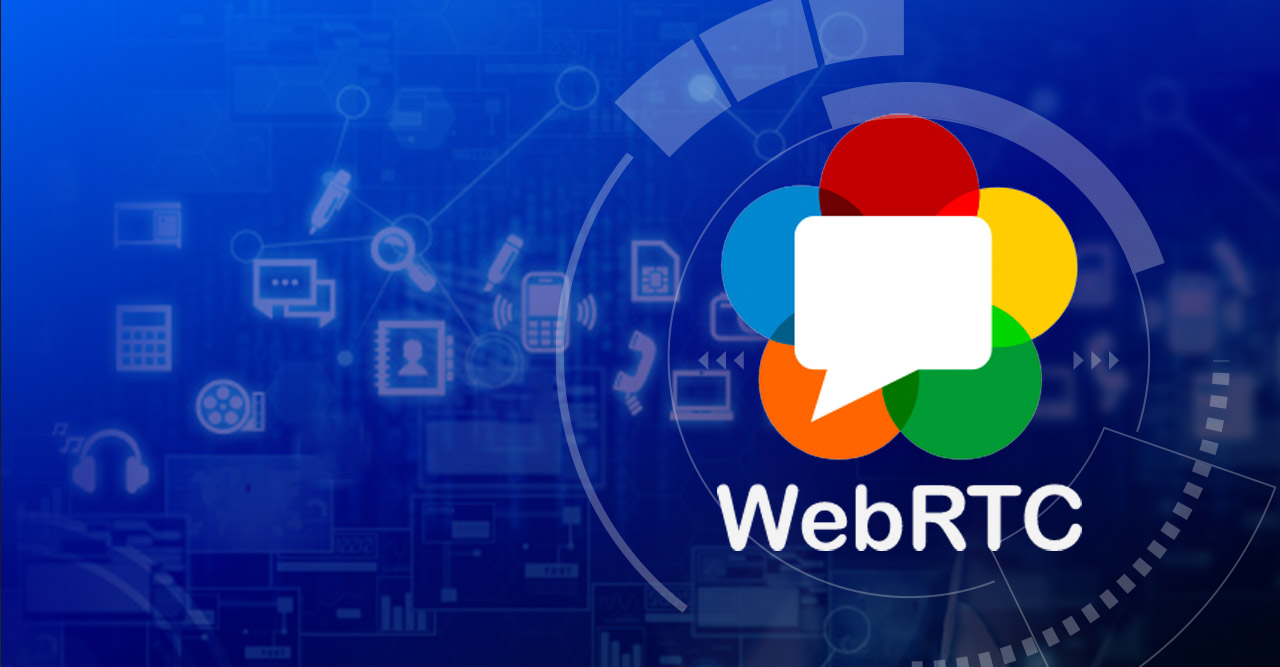WebRTC services are essential to any business application. They can make a massive difference in overall productivity and efficiency. They can also improve collaboration between teams and customers. Whether video calls, file sharing, or screen sharing, WebRTC is a great way to improve communication.
Improved Collaboration
With the booming smartphone market, employees now demand simple and reliable conferencing tools compatible with their devices. This demand is being met by a new communication standard called WebRTC, which enables media streaming across browsers and devices without plugins.
WebRTC solutions from companies like Agora.io use APIs, JavaScript, and HTML5 to integrate audio/video streaming and data sharing between devices on the same network. This technology is not limited to conferencing software but can also be used for video calling and peer-to-peer file sharing. This is great news for businesses that want to provide their customers with the best possible service. By enabling live video chat, companies can connect their customers directly to representatives who can demonstrate product features and answer questions. It can also help reduce the time agents spend on customer interactions by providing contextual communication. This can mean that staff can use the information they have already captured when they contact a customer, such as their previous shopping or telehealth history, which helps the agent be more effective. Communicating seamlessly with a company is essential to customer satisfaction and repeat sales. This is because it helps create an environment where customers feel they are treated with care and respect. Using this technology is also beneficial for e-commerce businesses as it can increase conversion rates and decrease the number of abandoned carts. By allowing customers to view their products in real time, companies can improve the user experience and encourage them to return to shop again.
Increased Convenience
WebRTC services enable users to interact easily with a business application, no matter where they are. With no downloads or plugins required, this makes it possible for businesses to offer more secure communication with customers and improve the overall customer experience. Increased convenience in online interactions helps support agents provide personalized services and solutions, which can increase sales and loyalty amongst customers. Moreover, WebRTC allows businesses to collect real-time contextual data during an incoming call and pass this information to agents dealing with customer queries. This saves time and money in dealing with queries, which can be particularly helpful for contact centers dealing with large customer volumes. In addition, WebRTC provides a high level of security for all users, which is essential for online interactions. The protocol encrypts all messages sent by the client, ensuring that only authorized parties can access the data and communicate securely. It also ensures that only legitimate connections can access media devices, a significant security feature for businesses.
The technology allows users to collaborate through real-time voice and video calls from multiple locations. This is especially important for businesses that operate in multiple regions, as it eliminates the need to schedule meetings with each other or use meeting rooms. This allows companies to effectively manage global operations and connect with their partners, employees, and suppliers. This also reduces travel costs and ensures everyone is on the same page. Regardless of the user’s device, browser, or network configuration, WebRTC offers the ability to communicate in real-time through audio and video without installing additional software. The scalability and cost-effective nature of this technology is why it has grown so quickly, with over 2 billion browsers now supported by WebRTC.
Reduced Costs
WebRTC services to business applications are essential to the modern communication landscape. They offer many features that can help improve how your company communicates with its employees and customers.
Another use of WebRTC is in the healthcare industry, where doctors can connect with patients virtually, allowing them to provide consultations without traveling to the hospital. This enables them to see more patients quickly and provides better treatment options and patient outcomes. Alternatively, WebRTC can be used in the insurance industry to make it easier for loss adjusters to resolve claims from clients remotely. It also reduces travel costs for these people, which can be a significant expense for any company. Finally, WebRTC can be integrated into a company’s websites and mobile apps to give customers an easy way to contact their sales, support, or customer service staff. These types of integrations are a great way to increase customer satisfaction and engagement.
Increased Security
A business application that uses WebRTC services will benefit from a more secure communication environment than the PSTN network. This enables employees to work from their devices, such as tablets or BYOD phones, without exposing them to the risks associated with the public switched telephone network (PSTN). Another advantage of WebRTC is that it can be used with existing VoIP-based systems, which are often still deployed in businesses. This can be advantageous for organizations that have invested in PBXs, gateways, or SBCs. This allows a company to maintain a consistent voice and video connection with customers, even when they are on the move. This also helps to increase efficiency and save time.
Additionally, a business can use real-time streaming technology to broadcast live sporting events, conferences, and meetings that need to be held in different parts of the world. This can help ensure that fans take advantage of every critical moment, increasing user satisfaction and engagement. There are several security concerns associated with WebRTC, but the major one’s concern encryption and signaling processing methods. This is where developers must consider various options and determine the best protection for their users and data. One of the most critical features that must be considered is end-to-end encryption. WebRTC provides various cipher suites that allow encryption for both voice and video.











